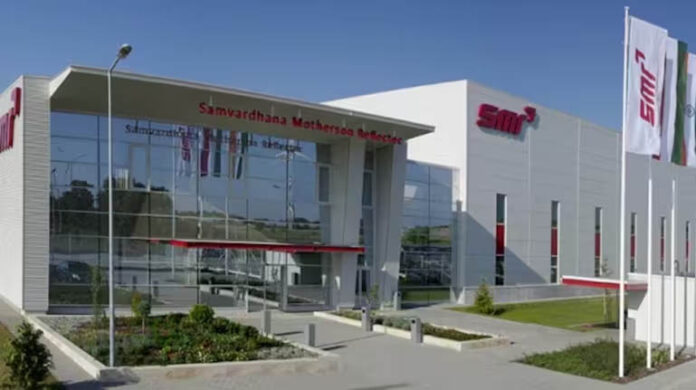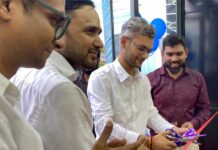
Automotive supplier Motherson Group recently said it has entered into an agreement to acquire 100% of the stake in SAS Autosystemtechnik from Faurecia, a Forvia Group company. The enterprise value of the business is Euro 540 million, and the transaction will be funded by a mix of debt and internal accruals.
The transaction remains subject to information from or consultation with employee representatives. The proposed transaction is expected to close in Q2 FY24 (July-September 23), subject to customary regulatory approvals.
Motherson’s Chairman Vivek Chaand Sehgal said, “We have always added new products and technologies to closely serve our customers in a more cohesive way. The acquisition of SAS is an important step in this direction. By adding complementing capabilities which SAS brings, we will be able to further enhance our Tier 0.5 position with our customers.”
“With this acquisition, we will be even more diversified in our customer base and products. This acquisition will transform Motherson Group to be a leading assembler of cockpit modules globally, with a special focus on EV models. We look forward to welcoming over 5,000 new members into the Motherson Family,” he said. SAS was established in 1996 and, in 2020, was acquired by Faurecia, a company of the Forvia Group.
The company has 24 facilities across 12 countries (Argentina, Brazil, China, the Czech Republic, France, Germany, Mexico, Portugal, Slovakia, Spain, Turkey, and the USA). The company is a global provider of assembly and logistics services for the automotive industry. It has customer relationships with European and American OEMs, some of which span almost three decades. The company’s gross revenues were about EUR 4.4 billion on a principal basis, with net revenues (IFRS) of EUR 896 million for the year ended December 31, 2022, with almost half of it contributed by EV programs.








